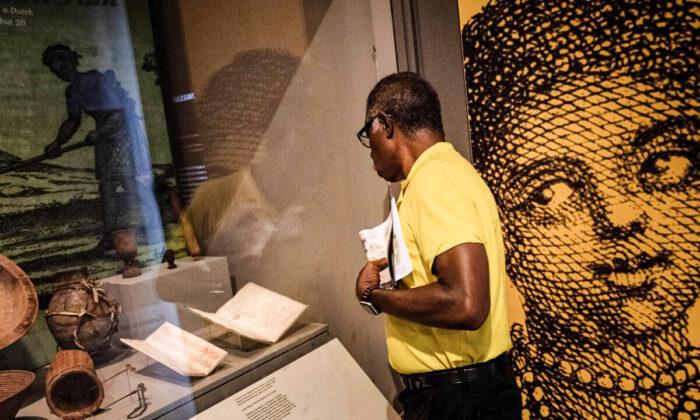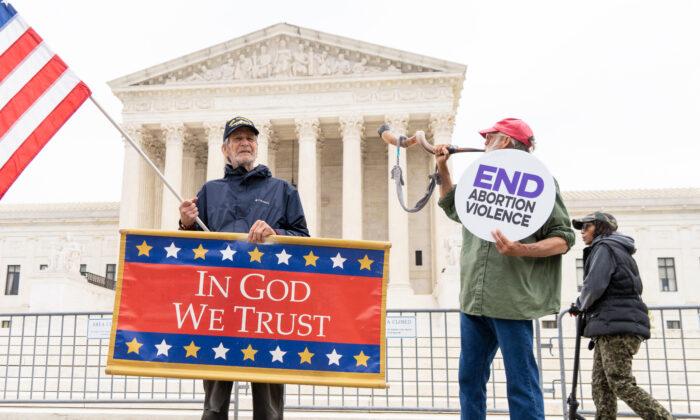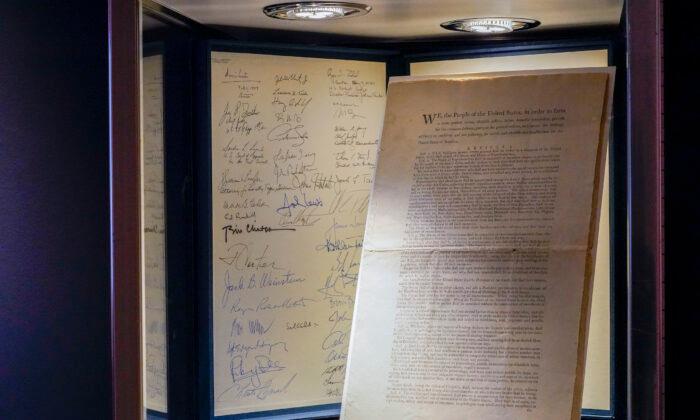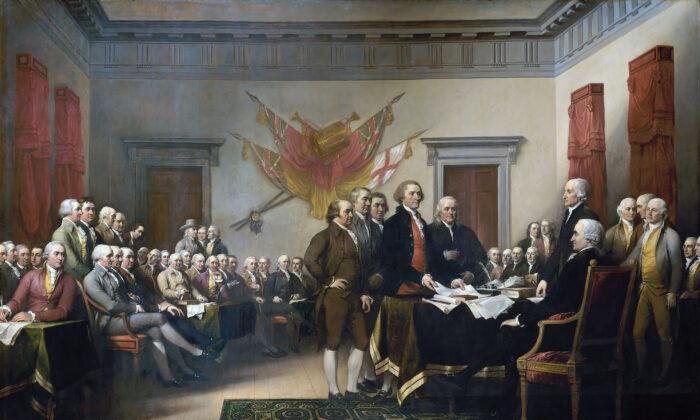In fall 2019, The New York Times released a special edition of its magazine, highlighting what it claimed was the 400th anniversary of the first African slaves arriving in the territory that would later become the United States of America.
The NY Times sought to completely alter the story of America’s past, and it has largely enjoyed stunning success. Despite the fact that this “project” is now 3 years old, it still carries substantial weight and was even released in book form in late 2021. Millions of dollars from backers have ensured that the 1619 Project has managed to slip into virtually every classroom in the United States. This Black History Month, with so many people still believing the 1619 Project’s premises, it’s worthwhile to review the many, many ways in which they are little more than bankrupt propaganda.
The opening page of the 1619 Project asks, “What if we were to tell you that this fact, which is taught in our schools and unanimously celebrated every Fourth of July, is wrong, and that the country’s true birth date, the moment that its defining contradictions first came into the world, was in late August of 1619?”
The alleged importance of the year 1619, it explains, is that the year “was when a ship arrived at Point Comfort in the British colony of Virginia, bearing a cargo of 20 to 30 enslaved Africans.”
“Their arrival inaugurated a barbaric system of chattel slavery that would last for the next 250 years. This is sometimes referred to as the country’s original sin, but it is more than that: it is the country’s very origin,” the introduction reads.
This introduction of black slaves into Virginia, only a short distance from the Jamestown colony, is the premise upon which the rest of the 1619 Project flows. The introduction proceeds to claim that “out of slavery ... grew nearly everything that has truly made America exceptional: its economic might, its industrial power, its electoral system,” among a litany of other things. Slavery, they claim, is the defining part of America’s past and the interpretive framework through which everything ought to be viewed.
However, the biggest problem with this is that it’s 100 percent historically wrong—1619 wasn’t the nation’s “true birth date.” Nor was it the beginning of chattel slavery. Nor was it even the first time African slaves were brought to continental America.
To start with, slavery existed in the Americas long before any European so much as even dreamed of crossing the vast expanse of the Atlantic Ocean. When Columbus and subsequent Spanish explorers landed in the New World, they discovered that slavery was already deeply entrenched in the indigenous societies there. Indeed, slavery was ubiquitous in pre-Columbian America. The native slave trade was so prolific that “wherever European conquistadors set foot in American tropics, they found evidence of indigenous warfare, war captives, and captive slaves,” as Fernando Santos-Granero wrote in his book “Vital Enemies.” Modern estimates suggest that 20 percent to 40 percent of the native American cultures were enslaved—putting them on par with the slave empires of the ancient Greeks, imperial Romans, and even the Confederate South.
African slaves were introduced to what would later become the continental United States by the Spanish in as early as 1526, when they attempted to plant a colony along the Carolina coast with “seven vessels, 600 men and women, among whom were several slaves, and 83 horses,” as the Georgia Historical Society recounted in 1923. In 1528, another Spanish expedition set out to explore the continental mainland of America. It was led by Pánfilo de Narváez, who brought with him nearly 400 men, both black and white, among whom was the famed African slave from Morocco named Estevanico. Even if we were to dismiss these two events as outliers and failed ventures, the Spanish still brought nearly 500 African slaves when they successfully founded the permanent colony of St. Augustine in 1565.
Lastly, the evidence suggests that the Africans brought to Jamestown in 1619 were incorporated into the colony not as slaves, but rather as indentured servants. The year prior to their arrival, the Jamestown colony began a system where “an enterprising captain or ship owner would himself enlist recruits at London,“ and ”on arrival at Jamestown, the recruits would be auctioned off to the highest bidder for a specified term,” as William J. Wood wrote in an article for the American Bar Association Journal. These white English servants would be “sold” on an auction block to owners, whom they would serve without pay for whatever was the term of their indenture. This quickly became the standard for Jamestown immigration.
Therefore, in 1619, when a privateer brought a captured ship to Jamestown with about 20 African slaves on board, the slaves weren’t technically sold into slavery, but rather were indentured. At the end of their indenture term, the African servants would be freed just like the white indentured servants from England. Afterward, many were given land to farm and became members of society. One of the original 1619 Africans, Anthony Johnson, actually became a substantial landowner and “found the environment of seventeenth-century Virginia conducive to the amassing of property in land or chattel,” as James H. Brewer wrote for The William and Mary Quarterly.
So then, what may be actually said about the year 1619? It wasn’t when slavery was introduced to America—slavery was a widespread practice among the native Americans. It wasn’t the first time African slaves were introduced to America—that was in 1526. It wasn’t the first time African slaves were introduced to a permanent settlement in the land that would eventually become the United States—that was in 1565. It wasn’t even the first time life-long black slaves were bought and sold in an English colony in America—the evidence suggests that they were instead introduced as indentured servants under similar terms as white colonists.
Ultimately, the only thing we can historically say about the year 1619 is that it represented the first time Africans were introduced as indentured servants into an English-speaking permanent colony in the area that would become the United States of America more than 150 years later—an extremely qualified statement and substantially different from what the 1619 Project falsely claims. During Black History Month 2022, let’s learn the truth about our nation’s past.





